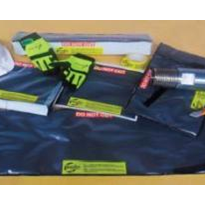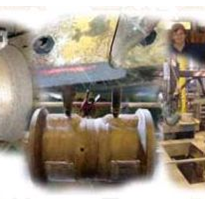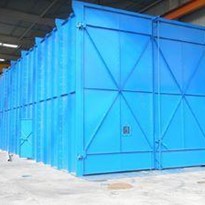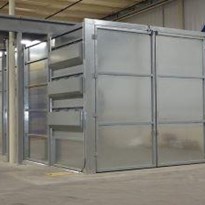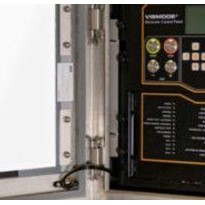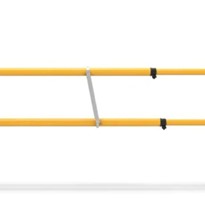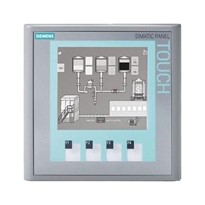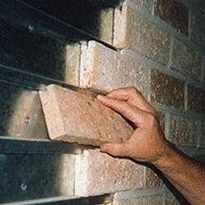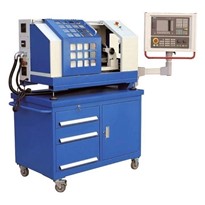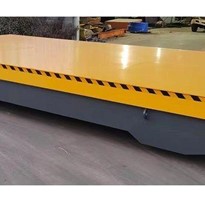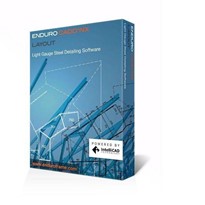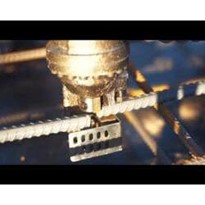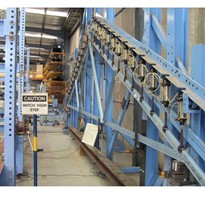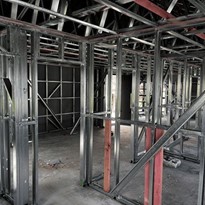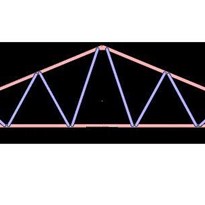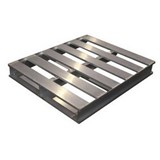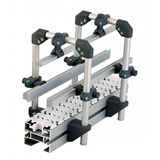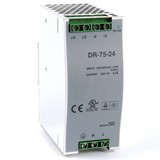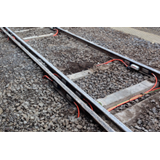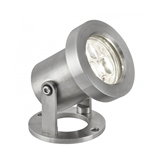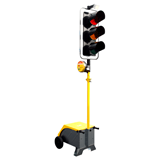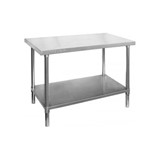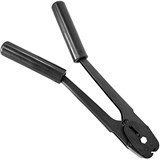Unlike the rumbling "street cars" of old, these sleek vehicles move passengers quietly and efficiently, in comfort.
Manufacturing for Mass Transit
Siemens Mass Transit Division specialises in the design and manufacture of rail vehicles for urban transit applications. Headquartered in Sacramento, California, the division is the market leader for light rail vehicles in North America. At its Carson, California plant, the division builds bodies for light rail vehicles, which are shipped to other company facilities for the addition of the powertrain and systems components, windows, interiors and other finishing operations.
Welding a Key to Vehicle Building
In building the vehicles, welding plays a large and varied role, handling everything from 24 gauge body panels to 1-1/2" thick bolsters that incorporate air tanks and are full-penetration welded. Materials include mild steel, high-strength low-alloys, and stainless steels, including an unusual "austenitic-ferretic" stainless steel.
George Ott, Manager, Quality Assurance, says the majority of the vehicle parts are fabricated from ASTM Grade A606, A588 weathering steel, and some stainless steel. "Vehicles for Los Angeles have a stainless steel roof, where ones for Salt Lake City don't," he explains. Even more unusual are the tubular collision posts on the front corners of the Los Angeles vehicles. Ott explains that these are made from "austenitic-ferretic" (ASTM Grade A-790) steel, a combination of stainless steel and carbon steel that provides greater ductility needed for the application. At the top and bottom of the vehicle, they are welded to steel members to provide structural rigidity.
Welding this combination of metals whilst still achieving the desired quality level, requires versatile equipment. A walk through the two-year-old Siemens plant shows a preponderance of Lincoln Electric CV-300 and CV-400 constant voltage welders, plus an occasional Invertec V250-S portable inverter power source for welding stainless steel. For gas metal arc welding (GMAW), Siemens personnel selected Lincolweld L-56 electrode (AWS E70S-6) applied with a CV-300 or -400 CV power source and an LN-7 semiautomatic wire feeder. However, a CV-400 power source was selected by the fabricator to achieve the full-penetration flux-cored arc welding (FCAW) joints on the bolster. Stainless steel roof drains are welded with an Invertec V250-S portable inverter power source.
An interesting application of a Lincoln Power Wave 450 inverter power source is a spot welding process that Ott terms "plug welding", which is used to fasten floor sub-panels in place. Previously, there was a danger of poor fusion. When the floor assembly was turned over during production, improper welds could have broken loose when workers walked on the panels, causing them to separate and creating the potential for injury.
Now, with the Power Wave 450, a timed cycle feeds just the right amount of electrode to create a "button" of weld metal that holds the panel in place. Ott explains, "It melts through the thinner sheet to the base plate and, in a second-and-a-half, feeds just enough wire to make the button. The operator just pulls the trigger, and the welder goes through the cycle." Moving control of the cycle from the operator to the machine assures uniform quality with less operator fatigue.
Operator skills are certified by an independent testing laboratory, which qualifies each new employee by radiograph regardless of their credentials or prior experience. Materials are selected to provide longevity. "We try to build them to last 30 years" Ott says.
The Cor-Ten weathering steel used for much of the vehicle construction offers about four times the rust resistance of A36 structural steel, according to Ott. "The tensile strength of A36 is about 50,000 psi, and this Cor-Ten formula is around 70,000 psi, so it's also much stronger," he adds. Materials also are verified by certified material test reports, with plate and sheet all traceable back to their manufacturer, including data on heat number chemical composition, tensile and yield strength. Appropriate records are also kept on all welding consumables.
Quality is foremost throughout the operation. "All procedures are in accordance with AWS D1.1 Structural Welding Code," Ott explains, "and our welding is overseen by an outside engineering company that verifies we are using the procedures to meet the specs."
So the next time you travel the light rails of any metropolitan area, closely examine the welds. They just may have been performed by the Carson team at the Siemens Mass Transit Division.


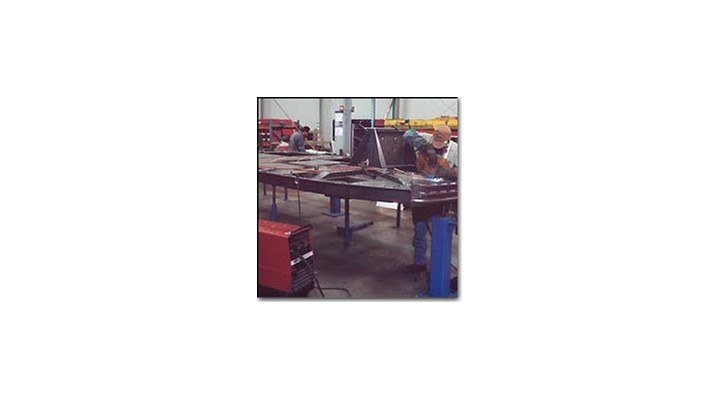
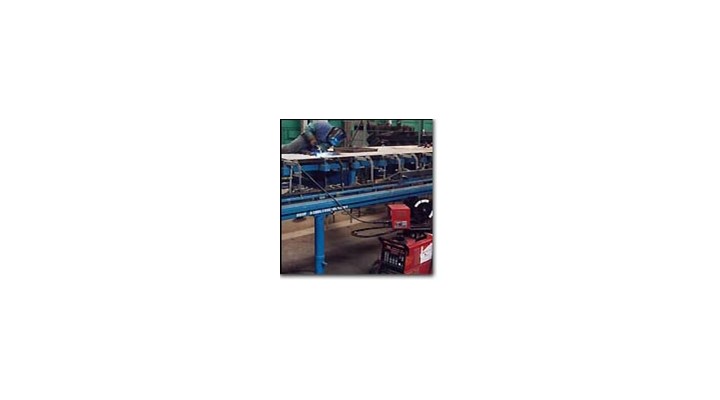
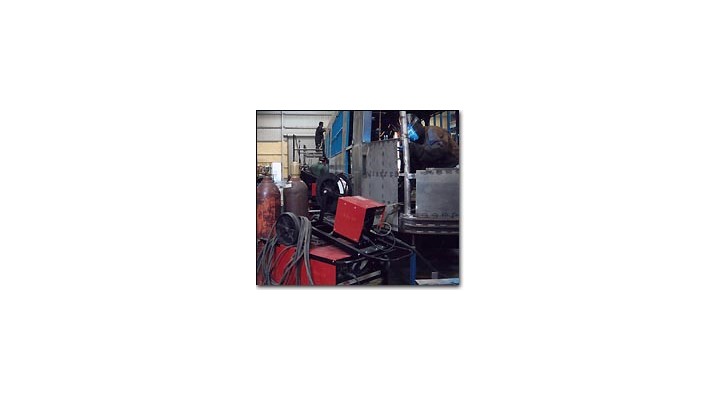
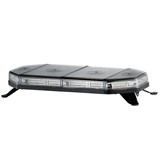
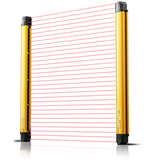
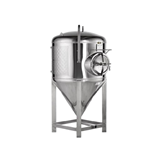
-205x205.jpg)
